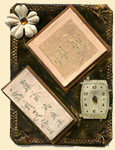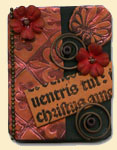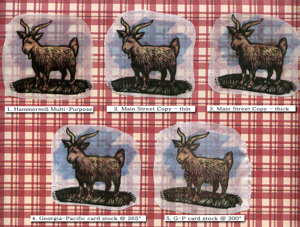 I happened down the clay aisle at Michael's yesterday and noticed they were in the process of stocking the shelves with a new Craft Smart brand clay. Judging from the fact that the package says "Distributed by Michael's Stores" — and the fact that I also saw Craft Smart glue, paint, paintbrushes, and more — I'm guessing this is the Michael's store brand.
I happened down the clay aisle at Michael's yesterday and noticed they were in the process of stocking the shelves with a new Craft Smart brand clay. Judging from the fact that the package says "Distributed by Michael's Stores" — and the fact that I also saw Craft Smart glue, paint, paintbrushes, and more — I'm guessing this is the Michael's store brand.
The price stickers were up ($1.29/package), but the shelves were empty. So while the employee was on another aisle, I sneaked a package off of his stocking basket (shhh — don't tell!).
Store brands tend to be products that have been manufactured by someone else, then private labeled with the store's brand name. With that in mind, I started trying to figure out who might have manufactured this clay. I originally thought it might be Sculpey III repackaged, based on that clay's popularity. But once I got my packet home and opened it up, it felt softer than Sculpey III. As I played with it a little more, I realized it felt familiar... a lot like that Bake Shop Clay I reviewed a couple of months ago. I investigated a little more and noticed the package directions are the same on the two clays: "Knead clay 2 minutes. Bake at 275 ° for 15 minutes per 1/4" thickness..." The Bake Shop clay was the first clay I'd seen with a specific time in their conditioning instructions, and I doubt it's a coincidence that this new clay's instructions match it. So I feel pretty confident that Michael's new clay is a private label of the Bake Shop clay.
There are 15 colors: Black, Brown, Tan, Bright Green, Green, Light Blue, Blue, Purple, Light Purple, Pink, Red, Orange, Yellow, Beige, and White.
Like any clay, it may have its uses in the serious clayer's workshop, but overall this is a very soft clay intended for kids.

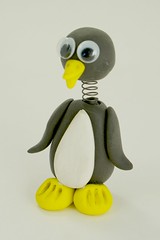
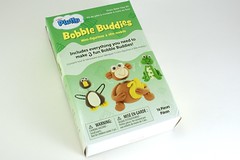
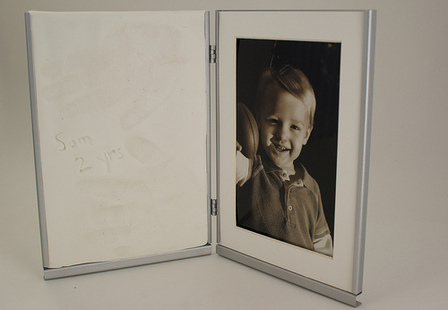
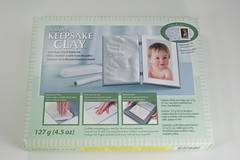

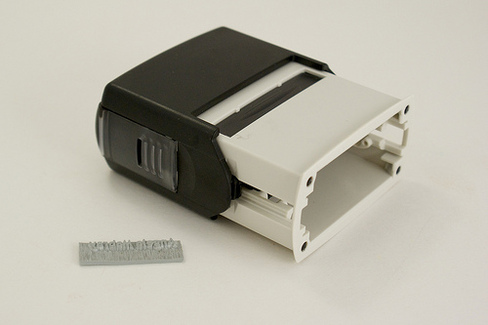
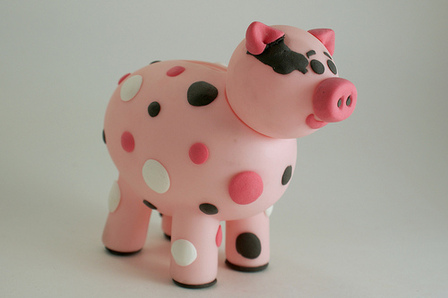
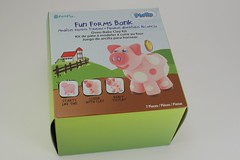


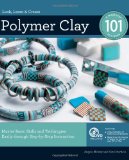
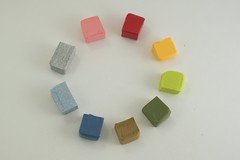
 You may have heard by now that
You may have heard by now that 
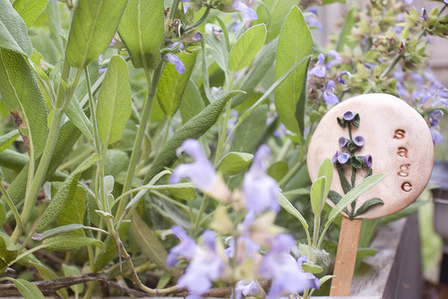


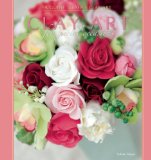
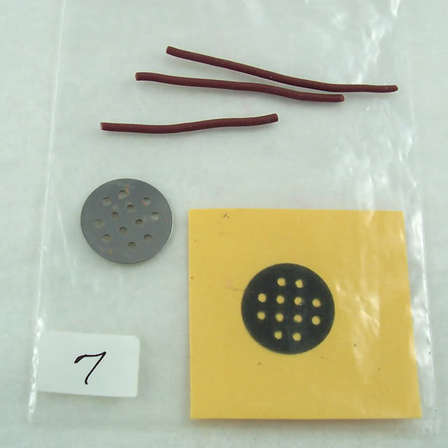
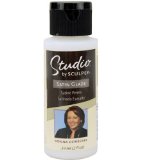
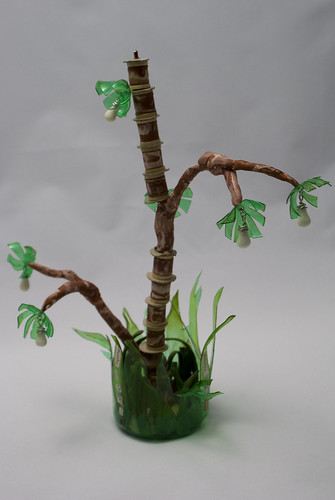
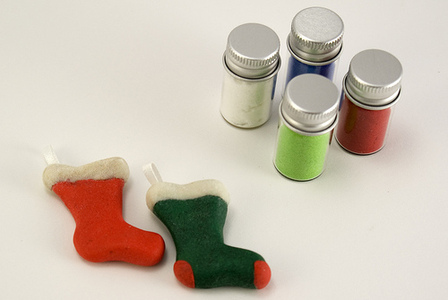
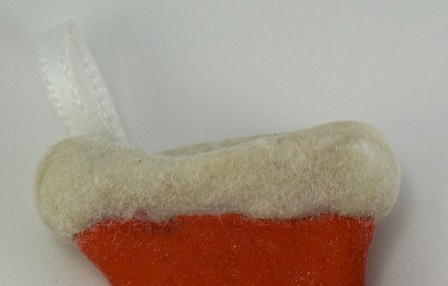
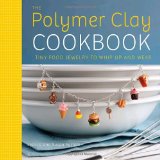
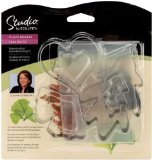
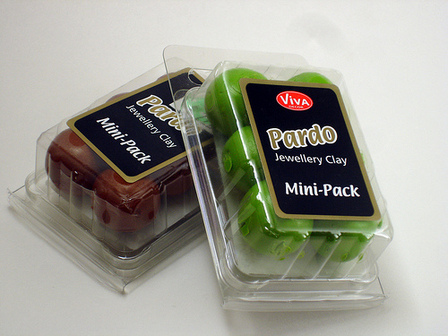

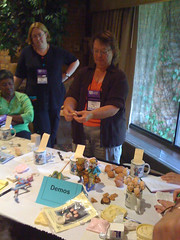
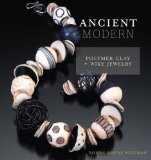
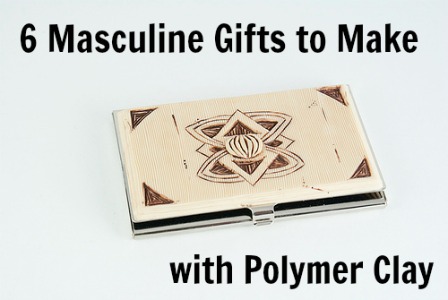
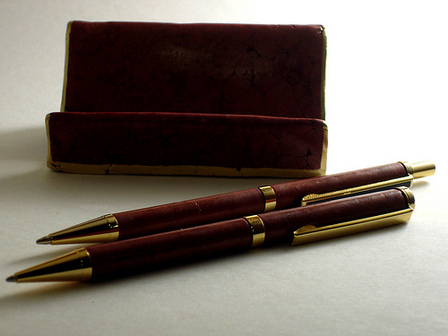






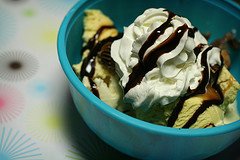


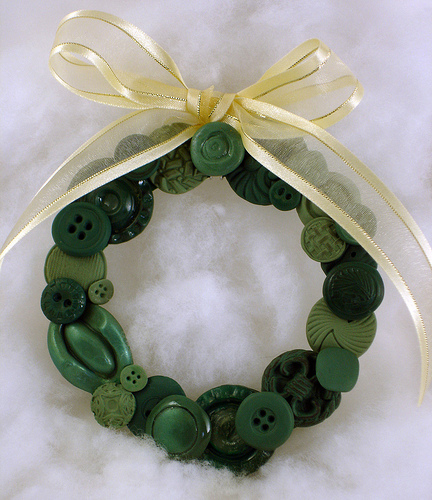


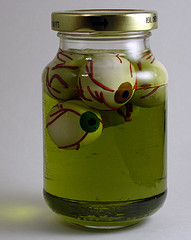
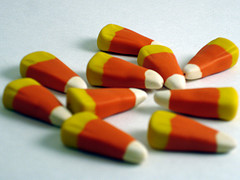
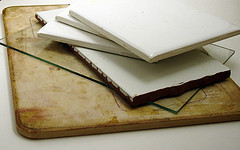
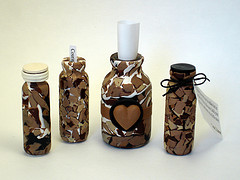
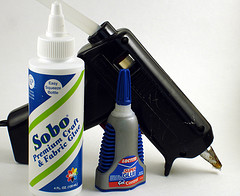




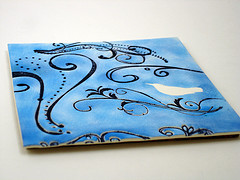
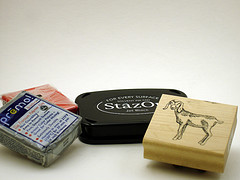

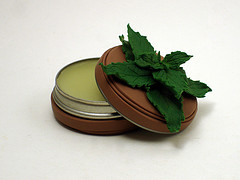
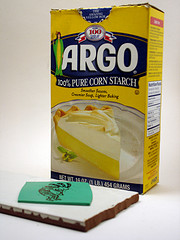
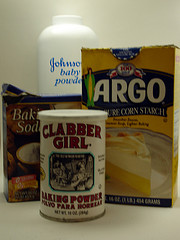




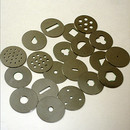

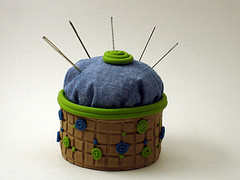




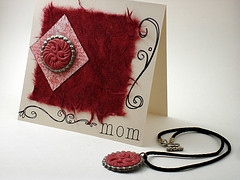


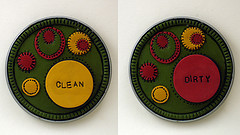








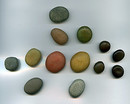





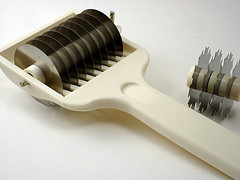
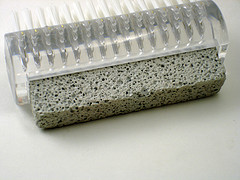




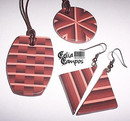









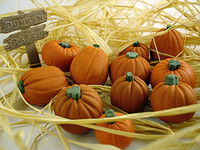









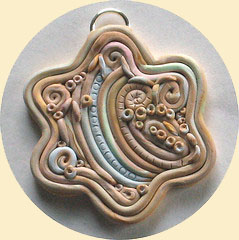

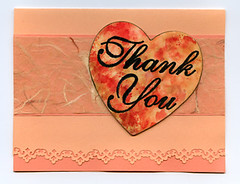
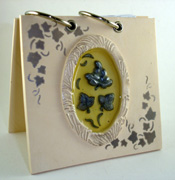
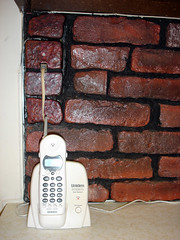




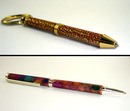


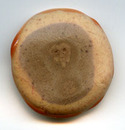
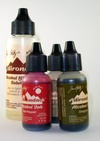
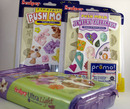
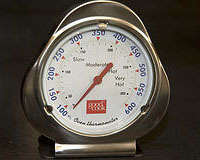


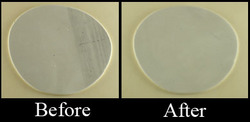

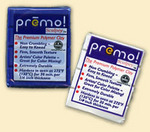
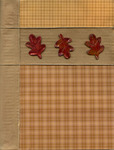
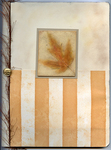
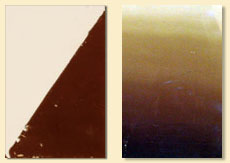 I thought I'd never figure out the Skinner Blend. Every time I tried it, I ended up with a widened, flat-colored blend of the two colors -- not a nice gradient like I wanted. I assumed the problem was with the size or proportion of my beginning triangles, so I studied the online tutorials and tried adjusting this and that... Still nothing.
I thought I'd never figure out the Skinner Blend. Every time I tried it, I ended up with a widened, flat-colored blend of the two colors -- not a nice gradient like I wanted. I assumed the problem was with the size or proportion of my beginning triangles, so I studied the online tutorials and tried adjusting this and that... Still nothing.  When you're doing an image transfer that includes text, you have to make sure the text is mirrored so it will end up the right direction on the polymer clay. Normally you'd do this by changing the "mirrored output" setting in the printer's advanced properties. But what do you do if your printer doesn't support mirrored output?
When you're doing an image transfer that includes text, you have to make sure the text is mirrored so it will end up the right direction on the polymer clay. Normally you'd do this by changing the "mirrored output" setting in the printer's advanced properties. But what do you do if your printer doesn't support mirrored output?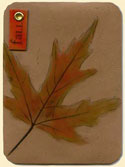 When I signed up for my first polymer clay Artist Trading Card (ATC) swap last month, I thought to myself, This won't be like all the other things I sign up for... I won't wait til the last minute this time.
When I signed up for my first polymer clay Artist Trading Card (ATC) swap last month, I thought to myself, This won't be like all the other things I sign up for... I won't wait til the last minute this time.
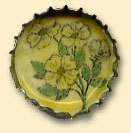 In
In 